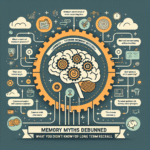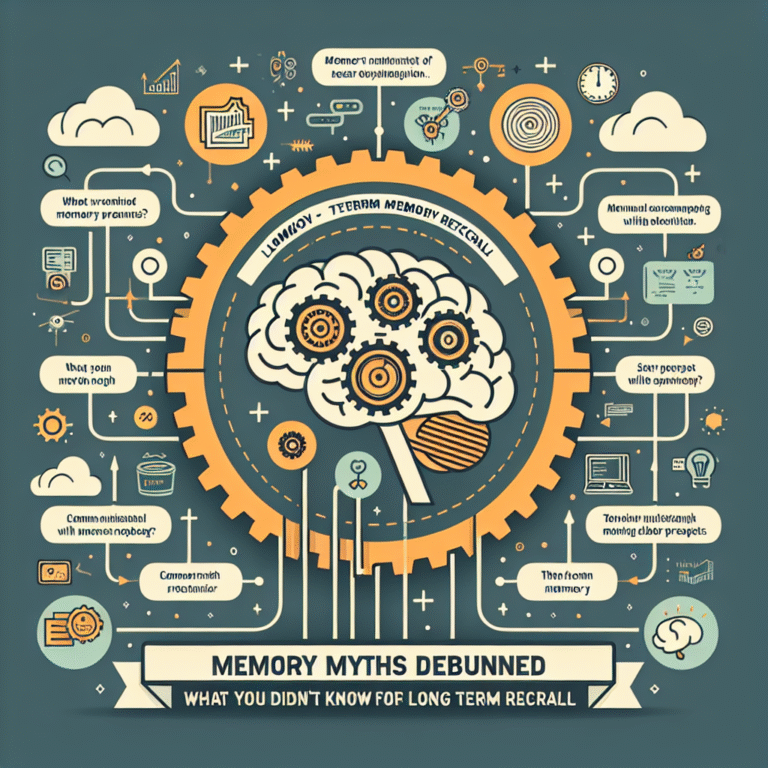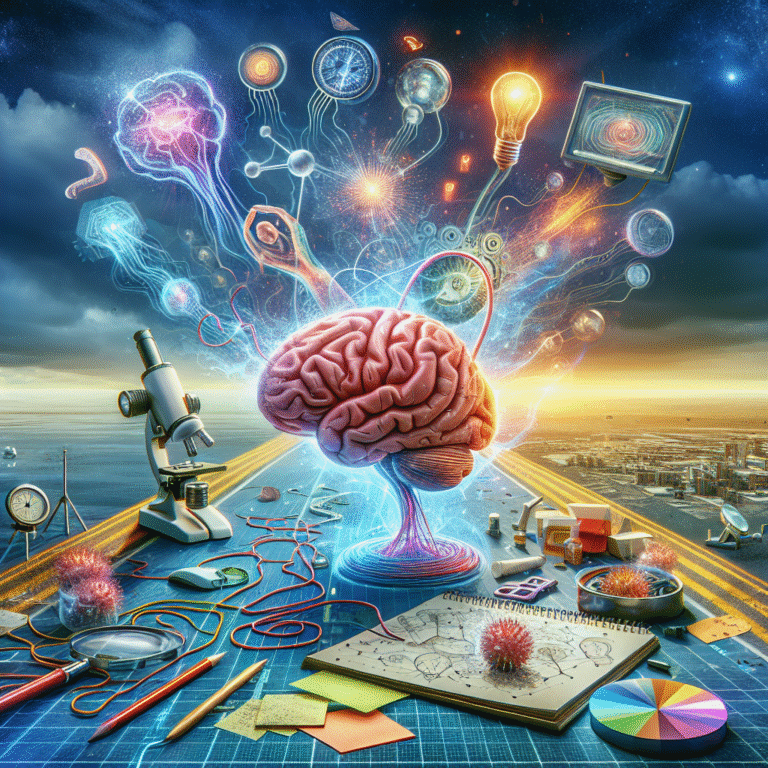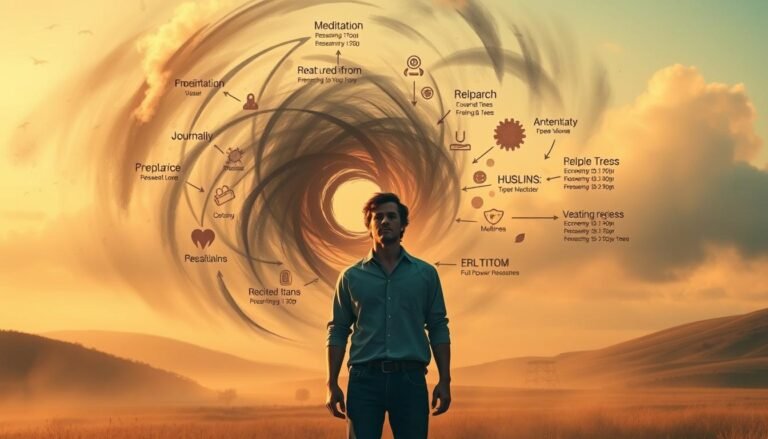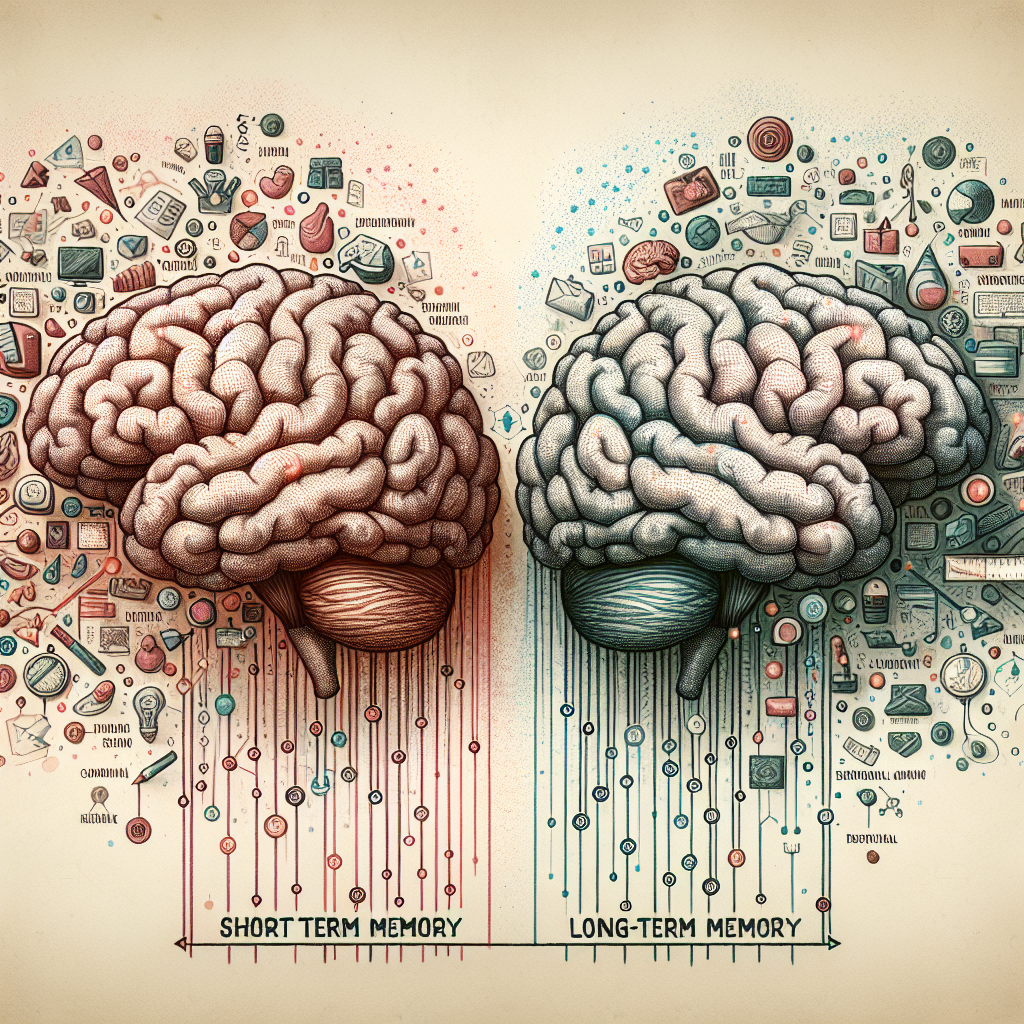
Introduction
Memory is the cornerstone of human experience, intricately woven into the fabric of our everyday lives. Whether recalling where you left your keys or reflecting on a cherished childhood memory, your memory plays a vital role in shaping your identity and decision-making. In the discussion of Short-term vs Long-term: Understanding Memory Types and Their Functions, we dive deep into the fascinating world of memory – exploring how it works, its various types, and the profound implications on learning and personal development.
Understanding the nuances of memory types can transform how we approach education, communication, and even mental health. So, let’s embark on an enlightening journey to unravel the complexities of Short-term vs Long-term: Understanding Memory Types and Their Functions.
The Anatomy of Memory
1. Types of Memory
Memory can be broadly categorized into three types: sensory memory, short-term memory, and long-term memory.
1.1 Sensory Memory
Sensory memory is the initial stage where sensory information is stored for a few seconds. This type of memory allows us to retain impressions of sensory information after the original stimulus has ceased. Think of the lingering smell of freshly baked cookies even after stepping away from the kitchen.
1.2 Short-term Memory
Short-term memory (STM) typically holds information for about 15 to 30 seconds. It has a limited capacity—often cited as the magical number 7±2, meaning we can retain approximately 5 to 9 items at once. STM acts as a temporary storage bin, crucial for tasks requiring immediate attention.
1.3 Long-term Memory
Long-term memory (LTM) is where information is stored more permanently. It can retain an almost unlimited amount of information across an indefinite time span—from days to decades. This type of memory can be further categorized into explicit (declarative) and implicit (non-declarative) memories.
2. How Memory Works: The Process
The process of memory can be broken down into three stages: encoding, storage, and retrieval.
Encoding: This is the first step in creating a memory. Information is transformed into a format that can be stored in the brain.
Storage: This pertains to maintaining the encoded information over time. STM and LTM operate differently in this phase.
- Retrieval: This is the act of recalling stored information. Effective retrieval hinges on how well the information was encoded and stored.
Short-term vs Long-term: Understanding Memory Types and Their Functions
3. Characteristics and Functions
Let’s explore the distinguishing characteristics and functions of short-term and long-term memory in detail.
3.1 Characteristics of Short-term Memory
- Duration: Lasts seconds to minutes.
- Capacity: Limited (5-9 items).
- Working Memory: Often linked with cognitive tasks like reasoning and learning.
Example Table: Characteristics of Memory Types
| Characteristic | Short-term Memory | Long-term Memory |
|---|---|---|
| Duration | Seconds to minutes | Indefinite |
| Capacity | 5-9 items | Nearly unlimited |
| Type of Memory | Working memory | Explicit & Implicit |
| Usage | Immediate tasks | Knowledge retention |
3.2 Functions of Short-term Memory
- Immediate Recall: Useful for tasks such as remembering a phone number long enough to dial it.
- Problem Solving: Enables us to hold and manipulate information, helpful in academic and real-life problem-solving situations.
4. Long-term Memory Explained
4.1 Characteristics of Long-term Memory
- Duration: Potentially lifelong.
- Capacity: Virtually unlimited.
- Structure: Divided into explicit (conscious) and implicit (unconscious) memory.
4.2 Functions of Long-term Memory
- Knowledge Acquisition: Retains facts, experiences, and skills that define who we are.
- Personal Identity: Shapes our sense of self and our ability to connect with others.
5. Memory Consolidation and the Brain
Understanding how our brain processes memory is crucial. Memory consolidation refers to the process of stabilizing a memory after its initial acquisition. This often takes place during sleep, where short-term memories are transformed into long-term memories.
5.1 Brain Structures Involved
- Hippocampus: Key for encoding new memories.
- Amygdala: Important for emotional memories.
- Cortex: Storage and retrieval of long-term memories.
5.2 Case Study: The Role of Sleep in Memory
A study by Walker and Stickgold (2006) demonstrated that sleep significantly enhances memory consolidation. Participants who napped after learning tasks showed improved recall compared to those who stayed awake. This highlights the interconnectedness of sleep hygiene and memory function, emphasizing the necessity of healthy sleeping habits for optimal memory retention.
Practical Applications
6. Enhancing Short-term Memory
To improve short-term memory, techniques such as chunking (grouping information) and mnemonic devices (memory aids) can be incredibly beneficial.
6.1 Case Study: The Power of Chunking
In a classic study by Miller (1956), participants were better able to recall information when it was presented in chunks rather than as single items. This illustrates the practical utility of chunking in enhancing short-term memory performance.
7. Strengthening Long-term Memory
To foster long-term memory, regular review, spaced repetition, and application of knowledge through teaching can be effective.
7.1 Case Study: The Effect of Spaced Repetition
Research by Cepeda et al. (2006) showed that spaced repetition significantly reinforces long-term retention of information. This method is widely employed in educational settings to enhance memory retention over time.
Example Chart: Memory Enhancement Techniques
| Technique | Short-term Memory | Long-term Memory |
|---|---|---|
| Chunking | ✔️ | |
| Mnemonics | ✔️ | |
| Spaced Repetition | ✔️ | |
| Active Recall | ✔️ |
Conclusion
Understanding the dynamics between Short-term vs Long-term: Understanding Memory Types and Their Functions is essential for enhancing learning, comprehension, and personal growth. By leveraging techniques that boost both types of memory, we can optimize our cognitive functions and improve our overall quality of life.
Whether you’re a student striving for academic success, a professional aiming to retain crucial information, or someone looking to enhance your everyday memory prowess, this knowledge equips you with actionable insights. Harness the power of memory, and you will unlock endless possibilities for your brain’s potential.
FAQs
1. What is the difference between short-term and long-term memory?
Short-term memory retains information for seconds to minutes and has a limited capacity, while long-term memory stores information potentially for a lifetime with virtually unlimited capacity.
2. How can I improve my short-term memory?
Techniques like chunking, mnemonic devices, and regular practice can significantly boost your short-term memory capabilities.
3. How does long-term memory work?
Long-term memory involves the encoding, storage, and retrieval of information over extended periods, allowing us to retain knowledge, skills, and experiences.
4. Why is sleep important for memory?
Sleep plays a crucial role in memory consolidation, helping transition short-term memories into stable long-term memories.
5. Can I train my brain to remember better?
Yes, through various techniques like spaced repetition and active recall, you can enhance your brain’s ability to retain and retrieve information.
By delving into the Short-term vs Long-term: Understanding Memory Types and Their Functions, we unlock the mysteries of memory and its impact on our lives, paving the way for more effective learning and personal insights. Armed with this knowledge, you can take actionable steps towards enhancing your cognitive capabilities, ensuring that your memories serve you well into the future.


